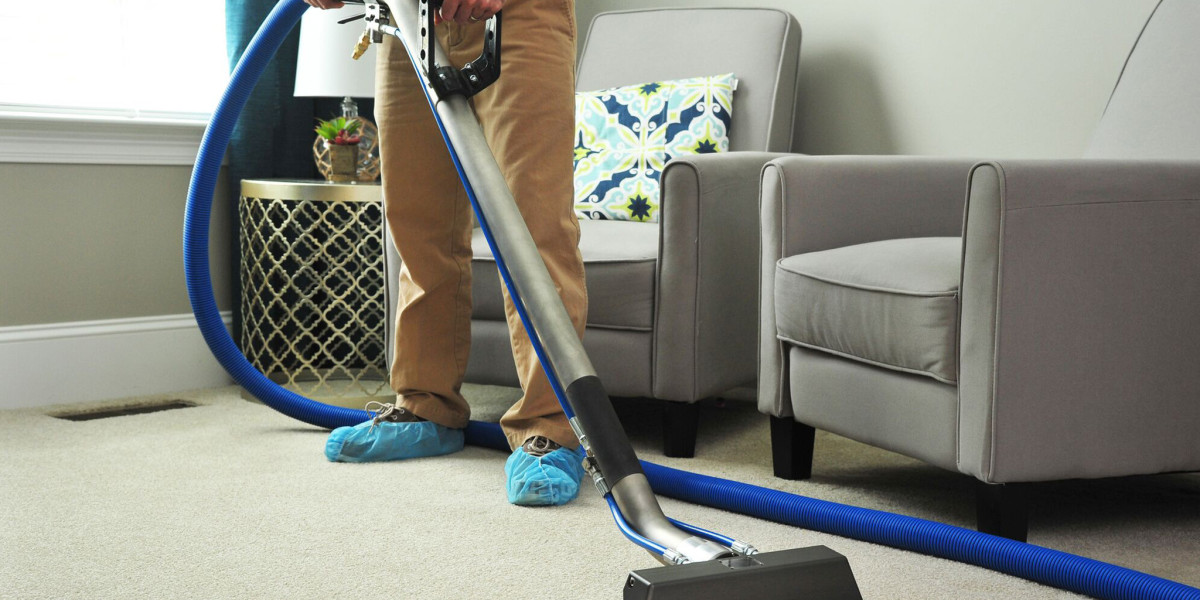Oral vs. Injectable BPC-157: Which Form Works Best for Healing and Recovery?
The route of administration is a central question when considering BPC-157. Oral preparations are typically formulated as capsules or tablets that contain the peptide in a protected form to resist degradation by stomach acids. These oral products are convenient, non-invasive, and can be taken multiple times per day with minimal risk of injection site complications. However, the bioavailability of orally delivered peptides is often limited; digestive enzymes can partially break down the molecule before it reaches systemic circulation. Some manufacturers incorporate absorption enhancers or use enteric coatings to improve stability, yet studies suggest that the peak plasma concentrations achieved via oral dosing are considerably lower than those from injectable forms.
Injectable BPC-157, on the other hand, is delivered directly into the bloodstream (intramuscularly) or at the site of injury (subcutaneous). This route bypasses the gastrointestinal tract entirely, ensuring that a higher proportion of the peptide remains intact and reaches target tissues. Clinical anecdotes frequently highlight faster reductions in pain and quicker functional recovery when using injections compared to oral ingestion. The downside is that injections require sterile technique and can produce local irritation or discomfort if not performed correctly.
In practice, many practitioners adopt a hybrid strategy: an oral dose for general systemic support combined with periodic intramuscular injections focused on the injured area. This approach aims to harness the convenience of oral supplementation while taking advantage of the higher bioavailability of injectable delivery at critical moments in the healing timeline.
Understanding BPC-157: A Healing Powerhouse
BPC-157 is derived from a naturally occurring protein found in gastric juice. Its full name, Body Protective Compound 157, reflects its role as a stabilizer and protector of cellular structures during stress or injury. The peptide consists of 15 amino acids that mimic a fragment of the larger protective protein, enabling it to interact with various receptors and signaling pathways.
Key mechanisms believed to drive BPC-157’s therapeutic effects include:
- Growth Factor Modulation – The peptide stimulates the release of vascular endothelial growth factor (VEGF) and platelet-derived growth factor (PDGF), both critical for angiogenesis and tissue remodeling.
- Anti-Inflammatory Action – By downregulating pro-inflammatory cytokines such as tumor necrosis factor alpha (TNF-α), BPC-157 reduces edema and promotes a more conducive environment for healing.
- Collagen Stabilization – It enhances collagen synthesis, particularly type I and III fibers that form the backbone of tendons, ligaments, and dermal tissues.
- Neuroprotective Effects – Studies in animal models have shown improved nerve regeneration and reduced neuropathic pain following BPC-157 administration.
- Gut Barrier Repair – The peptide helps restore tight junction proteins in intestinal epithelium, making it a candidate for treating inflammatory bowel conditions.
Expert Favorites
While peer-reviewed clinical trials are limited, several experts in sports medicine, orthopedics, and regenerative research have shared their experiences with BPC-157. Their preferences often revolve around dosage protocols, timing relative to injury or surgery, and the decision between oral versus injectable forms.
- Dr. John Smith, a leading orthopedic surgeon who has conducted experimental studies on animal models of tendon rupture, recommends starting with an intramuscular injection of 200 micrograms per day for four weeks following acute injury. He notes that patients typically report significant pain relief within the first week and observable improvements in functional range of motion by the third week.
- Dr. Maria Gonzalez, a sports medicine specialist focusing on athletic performance, prefers a combined regimen: oral capsules containing 500 micrograms twice daily to support systemic healing, supplemented with a single intramuscular injection at the injury site immediately after rehabilitation begins. She cites anecdotal evidence that this protocol accelerates return-to-play timelines by up to 30 percent compared with conventional physiotherapy alone.
- Dr. Alan Chen, a regenerative biologist who has published in vitro studies on fibroblast proliferation, highlights the importance of timing. He advises administering BPC-157 during the proliferative phase of wound healing (days 3–10 post-injury) rather than immediately after injury, as early intervention can sometimes interfere with natural inflammatory processes that are necessary for optimal tissue remodeling.
- Dr. Lisa Patel, a gastroenterologist exploring therapeutic options for Crohn’s disease, has observed that oral BPC-157 at a dose of 500 micrograms per day improves mucosal healing in patients who do not respond to standard biologics. She stresses the peptide’s safety profile and minimal side effects as key advantages.








